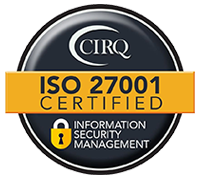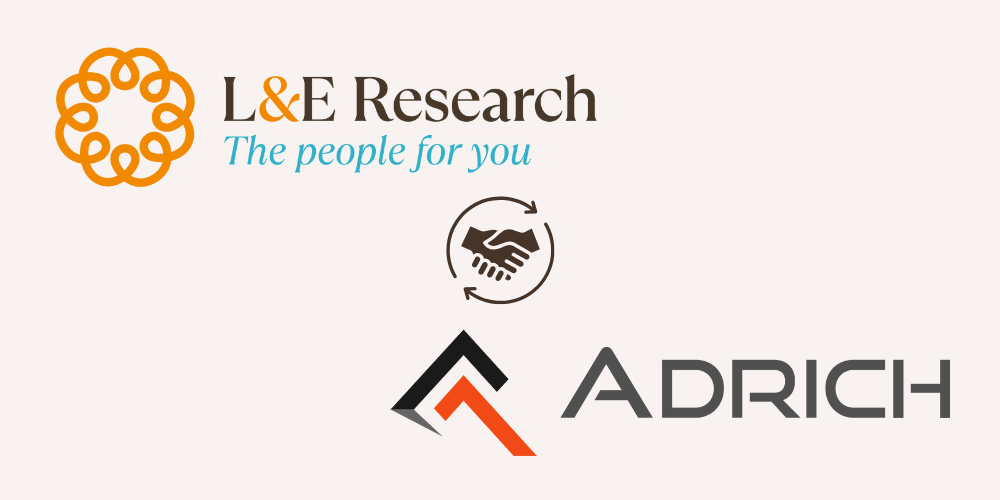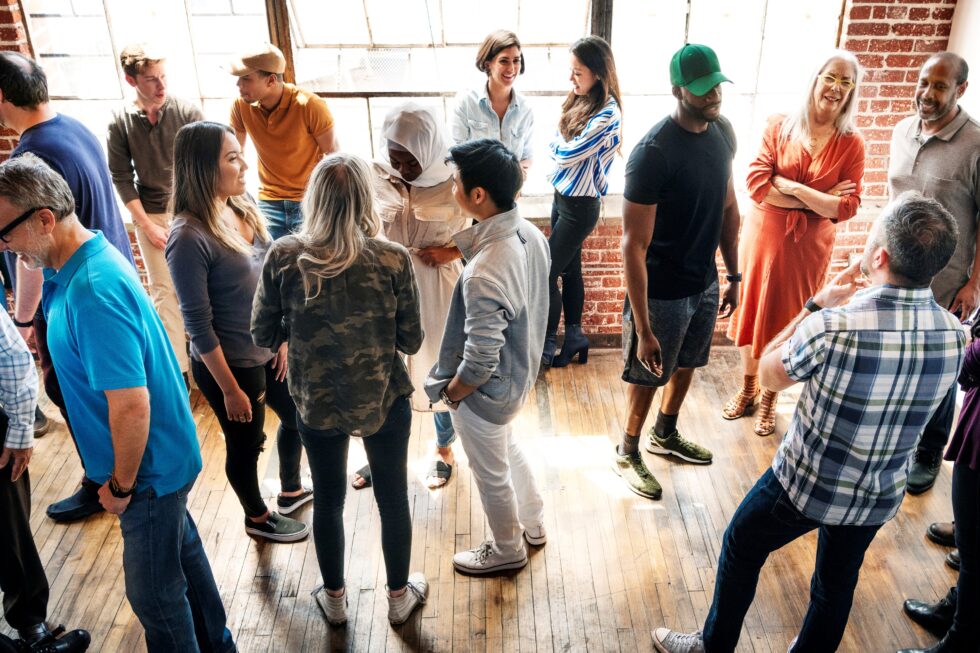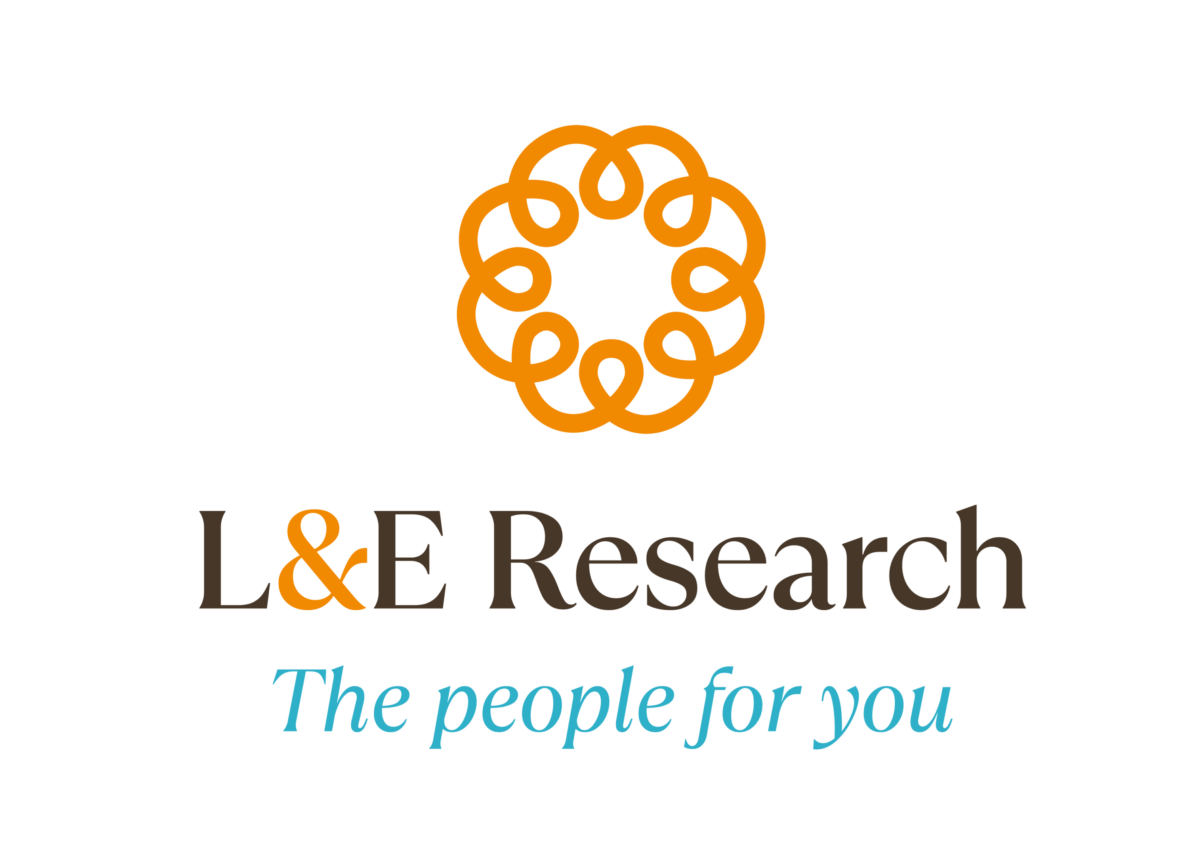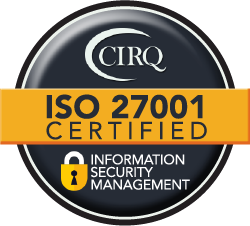Navigating New Realities: Insights from Quirks Chicago 2025
The recent Quirks Chicago conference offered a compelling look into the current trends and challenges of market research. L&E Research was on the ground, capturing the pulse of change directly from industry leaders and innovative thinkers. Here are the key insights and reflections from this impactful event.
Synthesizing the Real and Synthetic
One of the standout themes at this year’s conference was the continuing exploration of synthetic versus real participant data. While artificial intelligence (AI) has carved a significant space in market research, industry leaders remain clear on one point: AI can help – but it shouldn’t drive.
Synthetic data serves well for early explorations, spotting macro trends, screening concepts at scale, rapid testing, and filling gaps in large datasets. It’s perfect for quick-turn insights when “good enough” is genuinely good enough. However, when emotional nuance, behavioral accuracy, cultural context, and creativity are critical, human input remains irreplaceable. As emphasized throughout conference sessions, the future is hybrid, leveraging the strengths of both synthetic and real data to deliver actionable insights.
Insights at the Speed of Change
The ability to obtain rapid insights is no longer just beneficial; it’s essential. Kraft Heinz emphasized that swift insights can become a competitive advantage, enabling quicker decision-making, faster project timelines, and ultimately more successful product launches. Delays in insights can mean missing market opportunities entirely.
But speed doesn’t mean compromising quality. Effective market research today requires agile methods like real-time intercepts and job-to-be-done frameworks, complemented by the strategic use of AI. The goal is a streamlined pathway from question to insight to action, achieved through collaborative efforts between research partners and brands.
Emotion Drives Consumer Choices
Consumer behavior is increasingly recognized as emotionally driven. This was underscored in sessions led by Kraft Heinz, Mars, and Colgate-Palmolive. The core message? Successful brands aren’t just selling products – they’re nurturing emotional connections. Real consumer insights help companies understand the emotional underpinnings of consumer decisions, shaping strategies that resonate deeply and consistently.
For example, Kraft highlighted that while data informs the narrative (e.g., “33% cost savings”), it’s qualitative research that reveals the genuine emotional motivations behind consumer actions, such as a parent’s sense of achievement when providing nutritious snacks to their kids.
Strategic Breadth: A New Imperative
The concept of “strategic breadth,” introduced by Scientific Games, emerged as another key takeaway. This approach encourages companies to diversify their strategic thinking, drawing from a broad spectrum of insights and analytics. Strategic breadth isn’t merely about data collection but about integrating varied insights to build resilient and adaptable strategies that succeed in dynamic market environments.
The Power of Storytelling
Consistently echoed throughout the event was the importance of storytelling. Brands shared that insights alone rarely drive change – it’s the stories crafted from these insights that influence decisions, shape behaviors, and ultimately sell products. Researchers today must be storytellers, not merely data providers, effectively translating data into compelling narratives that resonate with stakeholders.
Collaboration and Innovation
Collaboration emerged as a critical ingredient for innovation. Brands increasingly seek research partners who can proactively offer creative solutions, support accurate and timely data collection, and ensure that panelists’ voices are authentically represented throughout the research journey. The emphasis is on partnerships that yield deeper insights and foster continual innovation.
Final Thoughts
Quirks Chicago 2025 reaffirmed that market research is at its best when it seamlessly integrates technology and human insight, speed and depth, data and emotion. As we navigate the complexities of today’s market landscape, embracing these dualities will be essential to capturing authentic insights that truly resonate.
At L&E Research, we’re committed to this balanced approach: leveraging cutting-edge technology alongside genuine human connection to deliver powerful, actionable insights. Because understanding people isn’t just our job; it’s at the heart of everything we do.

